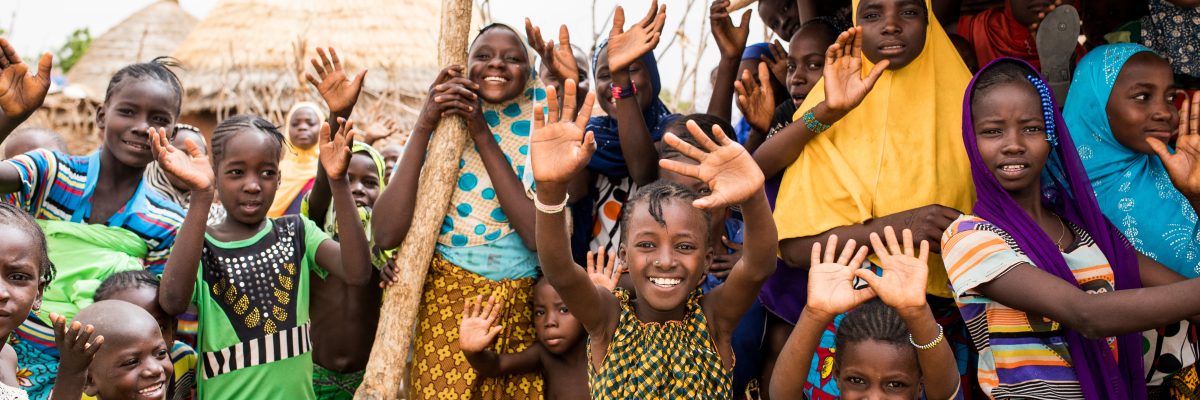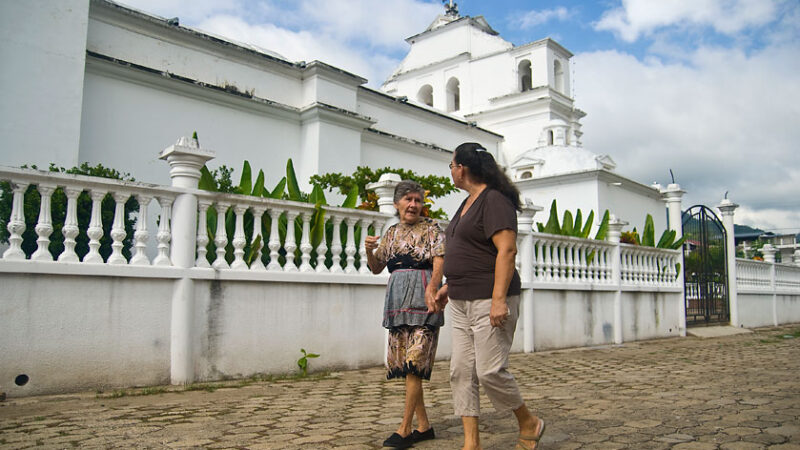Guatemala
For decades, The Carter Center has worked to strengthen the capacity of local communities to hold the government accountable for providing effective and equitable public services. Today we partner with Guatemala City as part of our groundbreaking Inform Women, Transform Lives program.
Since transitioning to democracy in 1985, Guatemala has made significant progress in advancing the rule of law and establishing legal frameworks. Challenges persist, however, in implementing these frameworks due to corruption, limited institutional capacity and resources, and a lack of public awareness or trust. Vulnerable groups —including women, youth, and Indigenous communities — remain underrepresented or excluded from decision-making processes.
Impact
- Assisted Guatemala in becoming the fourth country in Latin America to be certified by the World Health Organization for eliminating river blindness
- Monitored Guatemalan elections in 2003 and 2015, highlighting successes and issues of concern in the democratic evolution
- Informed more than 3 million Guatemalans about their right to information through radio and TV programs, information fairs, kiosks, and youth congresses
- Empowered women and young people to play active roles in demanding government transparency and monitoring progress
Guatemala Becomes Fourth Nation in Americas to Eliminate River Blindness
Carter Center Expands Global Inform Women, Transform Lives Campaign to 13 New Cities
A Knowledge, Attitudes and Practices Survey Conducted Three Years after Halting Ivermectin Mass Treatment for Onchocerciasis in Guatemala

Related Content
Global Impact Starts with You
Your support sustains the Carter Center's mission of waging peace, fighting disease, and building hope around the world.


